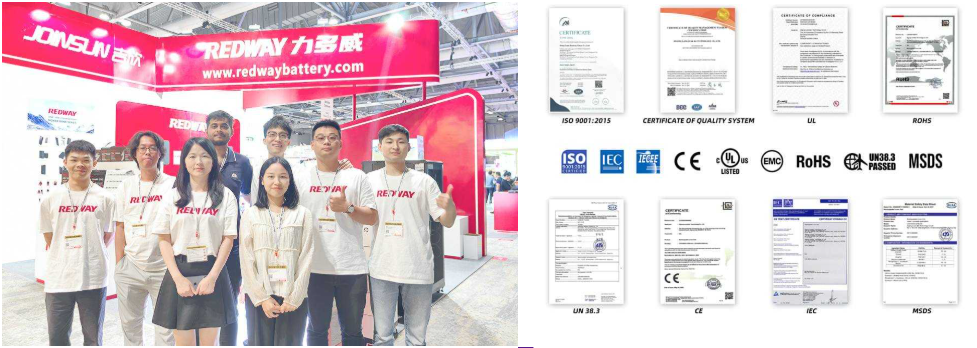Does battery design affect performance, safety, and lifespan? Yes, optimized battery design improves heat dissipation, mechanical stability, and energy density, preventing overheating and enhancing charge retention. The selection of cathode, anode, separator, and electrolyte greatly impacts battery capacity, safety, and longevity. A well-engineered design extends operational lifespan.
How does battery design influence energy density and performance?
Battery design significantly influences energy density and performance through the selection and arrangement of materials. The design of the battery, including the choice of cathode and anode materials, separator, and electrolyte, can influence the battery’s capacity, energy density, power density, safety, and lifespan. Innovations in battery design optimize these parameters while utilizing sustainable materials. For instance, lithium cobalt oxide (LiCoO2) batteries provide the highest energy density, making them ideal for applications where compactness and lightweight are paramount.
What impact does battery design have on safety and thermal management?
Battery design plays a crucial role in safety and thermal management by controlling heat dissipation and preventing thermal runaway. Advanced thermal management systems maintain optimal operating temperatures. Safety is another critical aspect influenced by battery chemistry. For example, lithium iron phosphate batteries are renowned for their exceptional safety profile, thanks to their stable chemistry and resistance to overheating.
How does the choice of battery chemistry affect its lifespan?
The choice of battery chemistry significantly affects its lifespan due to factors like stability and degradation rates. Chemistries like Lithium Iron Phosphate (LiFePO4) offer longer cycle lives compared to others. Emerging battery chemistries, such as Lithium-air batteries, and those using lithiated organic cathode materials, promise improvements in energy density and safety.
Also read:
LiFePO4 Batteries: How Shipping Rules Shape Manufacturing?
LiFePO4: How Green Is Production?
LiFePO4 Quality: How’s It Checked?
How Does Battery Design Affect Performance & Lifespan?
How do temperature management systems impact battery performance?
Temperature management systems are crucial for maintaining battery performance by keeping the battery within its optimal operating temperature range. Advanced systems use heat transfer principles and novel battery structures. Innovations in this area include advanced thermal management systems that can maintain optimal operating temperatures.
What role does mechanical design play in battery lifespan?
Mechanical design influences battery lifespan by ensuring structural integrity and preventing physical damage from vibration and stress. Optimized designs improve mechanical stability and extend operational lifespan. Researchers use lab evaluations, electrochemical and thermal data analysis, and multiphysics battery modeling to assess the performance and lifetime of lithium-ion battery systems.
How do charging and discharging patterns affect battery longevity?
Charging and discharging patterns significantly affect battery longevity by influencing the rate of degradation and capacity fade. Preventing overcharge and over-discharge is crucial for maintaining battery capacity and State of Health (SoH). High currents can affect the cycle life of lithium-ion batteries and the battery experiences mechanical stress, heat stress, parasitic side reactions that reduce lithium ion battery capacity, and lithium plating.
What are the effects of electrode degradation on battery performance?
Electrode degradation leads to reduced capacity and increased internal resistance, diminishing the battery’s ability to store and release energy efficiently. Both the anode and cathode in EV batteries deteriorate over time due to repeated charging and discharging. This results in cracking, dissolution, or structural changes, reducing the ability to store and release ions and, by extension, energy.
How does the solid-electrolyte interface (SEI) layer influence battery life?
The solid-electrolyte interface (SEI) layer’s growth increases internal resistance and captures lithium ions, limiting the active lithium available for subsequent cycles, thus influencing battery life. Continuous growth increases internal resistance and captures lithium ions, limiting the active lithium available for subsequent cycles.
What innovative designs are improving battery energy capacity?
Innovative designs, such as lithium-sulfur batteries and new electrode materials, are improving battery energy capacity. A new battery design could overcome obstacles to making batteries with more energy storage capacity and a lower environmental footprint. The oxygen can then bind to polysulfides and act as a filter that stops them from traveling through the battery.
How do manufacturing processes affect battery quality and longevity?
Manufacturing processes significantly affect battery quality and longevity by influencing material purity and structural integrity. Precise manufacturing processes reduce defects and improve performance. The development of advanced manufacturing techniques and increasing the use of more environmentally sustainable materials has been ongoing across the industry.
What impact does cell arrangement have on overall battery performance?
Cell arrangement impacts overall battery performance by influencing voltage, current capacity, and thermal management. Researchers use lab evaluations, electrochemical and thermal data analysis, and multiphysics battery modeling to assess the performance and lifetime of lithium-ion battery systems.
What emerging battery technologies promise enhanced performance and lifespan?
Emerging battery technologies like lithium-sulfur and solid-state batteries promise enhanced performance and lifespan through improved energy density and safety.
| Factor | Impact |
|---|---|
| Battery Chemistry | Determines energy density, safety, lifespan |
| Thermal Management | Maintains optimal temperature, enhancing performance and lifespan |
| Mechanical Design | Ensures structural integrity, preventing physical damage |
| Charging/Discharging | Influences degradation rate; optimized patterns extend lifespan |
| Manufacturing Processes | Affects material purity and structural integrity, impacting quality |
| Emerging Technologies | Promises improvements in energy density, safety, and lifespan |
Expert Views
“Battery design is a multifaceted field that significantly impacts the performance, safety, and longevity of energy storage systems,” says Dr. Lin Wei, a lead battery researcher at Redway Energy. “Innovations in materials, thermal management, and structural design are crucial for creating batteries that meet the demands of modern applications, from electric vehicles to grid-scale storage.”
Conclusion
Battery design profoundly impacts performance, safety, and lifespan through its influence on energy density, thermal management, mechanical stability, and material selection. Innovations in battery chemistry, design, and manufacturing continue to drive improvements in these critical areas, paving the way for more efficient, reliable, and sustainable energy storage solutions. Understanding these design factors is essential for making informed decisions about battery technology and its applications.
FAQ
- What is the most critical factor in battery design for electric vehicles?Energy density and safety are paramount for electric vehicle batteries.
- How does thermal management affect battery life?Effective thermal management prevents overheating, extending battery lifespan.
- What role do advanced materials play in battery design?Advanced materials improve energy density, safety, and cycle life.
- How does battery design impact the cost of a battery system?Design choices influence material costs, manufacturing complexity, and performance, affecting overall system cost.
- What emerging technologies are expected to revolutionize battery design?Lithium-sulfur, solid-state batteries, and new electrode materials are expected to drive significant advancements.










